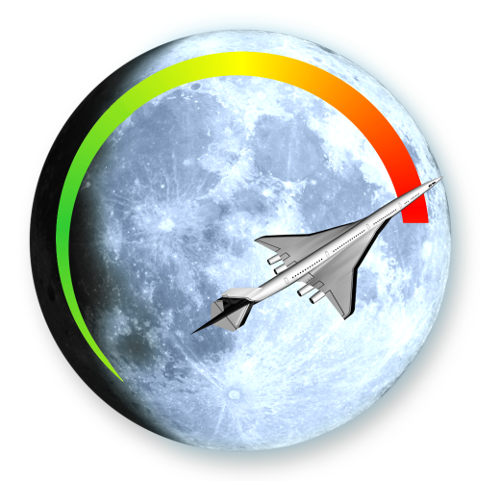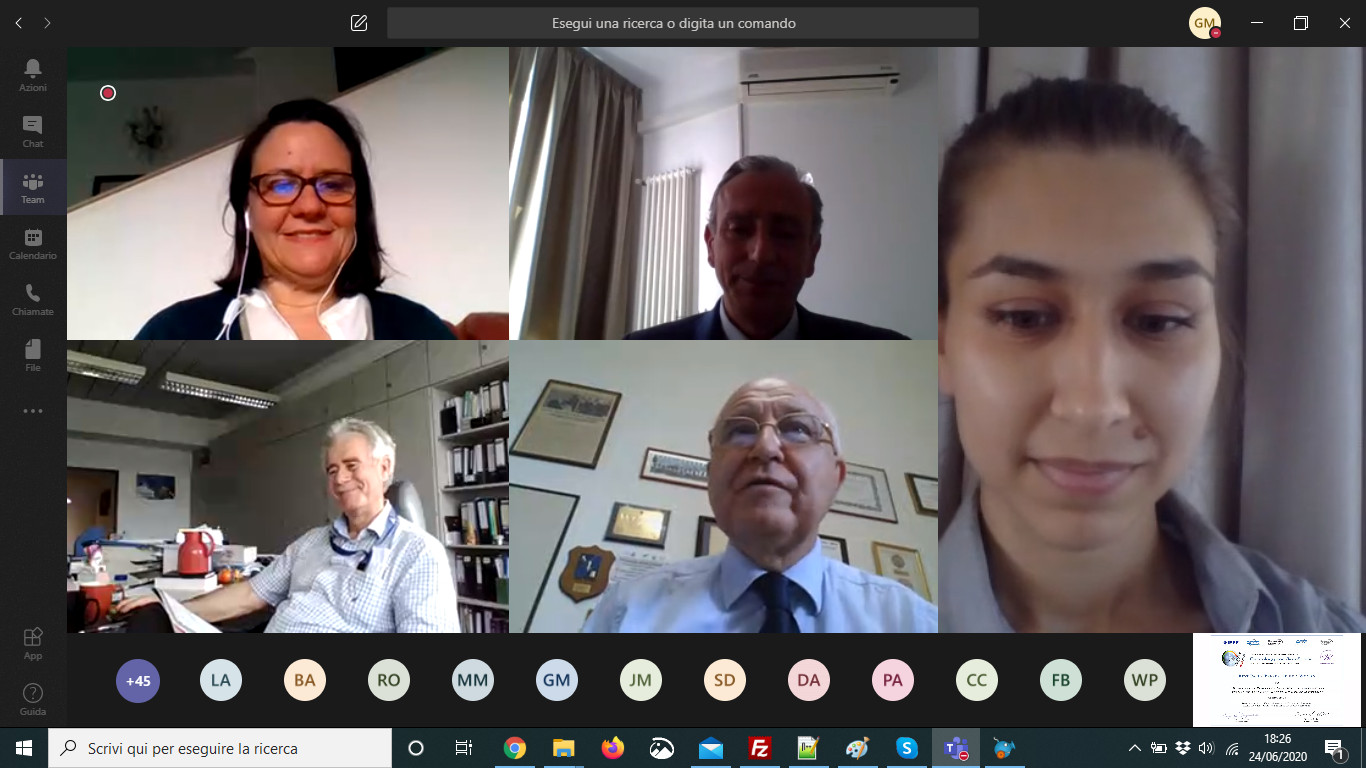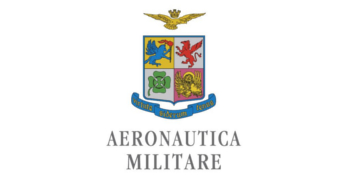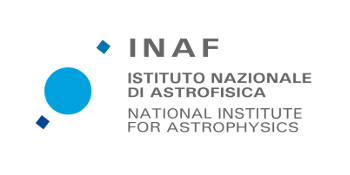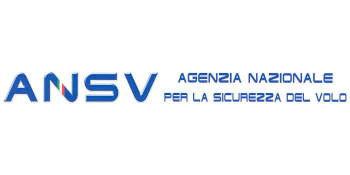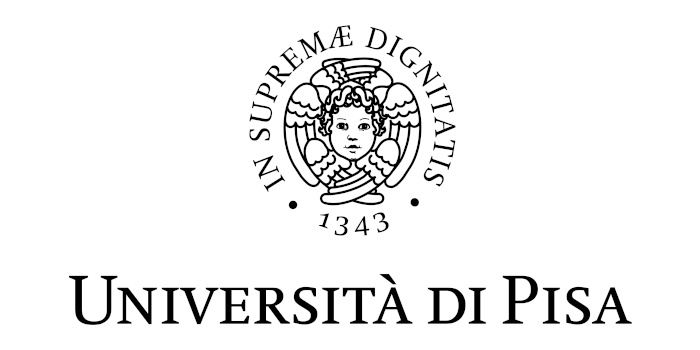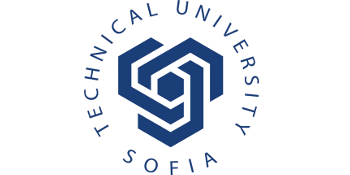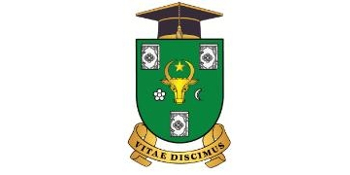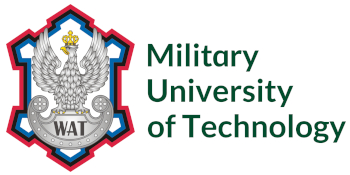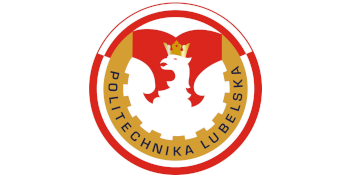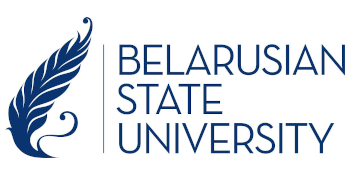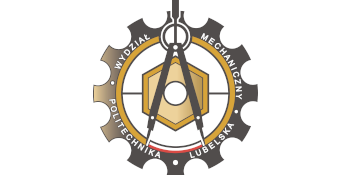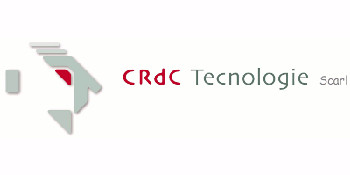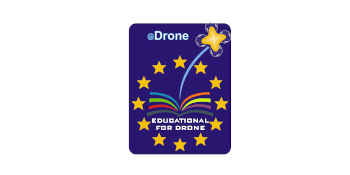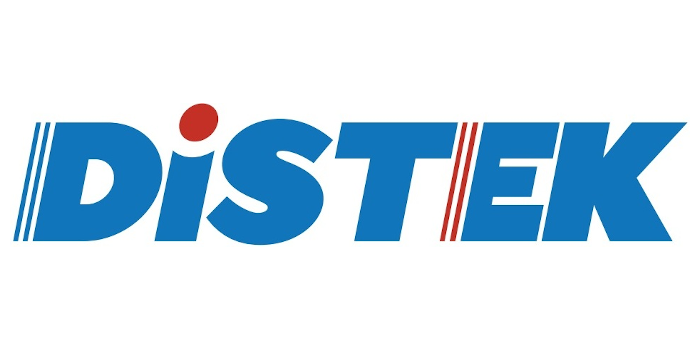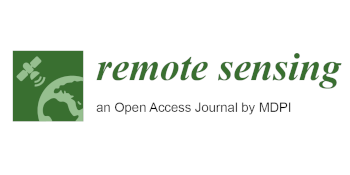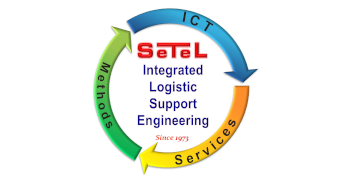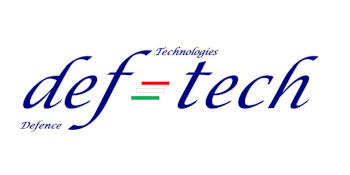Situation Awareness through Data Analytics and Machine Learning based on Trajectories
Felix Opitz
Airbus Defence and Space GmbH, Germany
ABSTRACT
Modern surveillance networks are able to provide trajectories of all kinds for aircrafts and vessels worldwide or at least in extended areas of the airspace or earth surface. Best known are Automatic Dependent Surveillance – Broadcast (ADS-B) and (Satellite-) Automatic Identification System (AIS) used in air and maritime surveillance. Both of them are cooperative systems. Besides these sources, sensors based on ground installations or mounted on airborne and space-based platforms deliver object trajectories independent of any transponders. This is done by advanced tracking and fusion algorithms generating trajectories out of sensor measurements.
Besides the trajectory generation, the challenge will be to place them into the right context and to provide situational awareness. This includes the estimation of the intents of the tracked objects, activity-based intelligence, and the determination of patterns of life. Otherwise, even modern surveillance systems are not able to take a real advantage of the gathered data.
Therefore, trajectories are further processed by data analytics and machine learning. Unsupervised machine learning offers techniques to cluster and to partition trajectories, extract highly frequented routes and points of interest, predict object movement and identify anomalous behaviour. On the other hand, transponder and broadcast systems provide additional attributes of the tracked trajectories. These labels pave the way for numerous supervised machine learning methods. The derived predictors realise the determination of object types and activities.
Finally, these new data analytic techniques have to be integrated in existing near real time surveillance systems. This requires specific system architectures as well as a completely new software and hardware landscape. In summary, trajectory-based data analytics and, machine learning is embedded on local or global clouds and uses dedicated mechanisms for distributed and parallel processing.
SPEAKER BIO
Dr. Felix Opitz was born in Frankfurt am Main/Germany. He studied mathematics and physics at the Johann Wolfgang Goethe University of Frankfurt and received a doctor degree in pure mathematics. He started as a system engineer at the former DaimlerChrysler Aerospace in Ulm. His current position at Airbus Space and Defence is that of a senior expert in the field of information fusion. His work includes signal processing, multi-object multi-source tracking, data fusion as well as machine learning and data analytics. His contributions are applied in numerous national and international projects in the field of aerospace as well as in maritime solutions.



